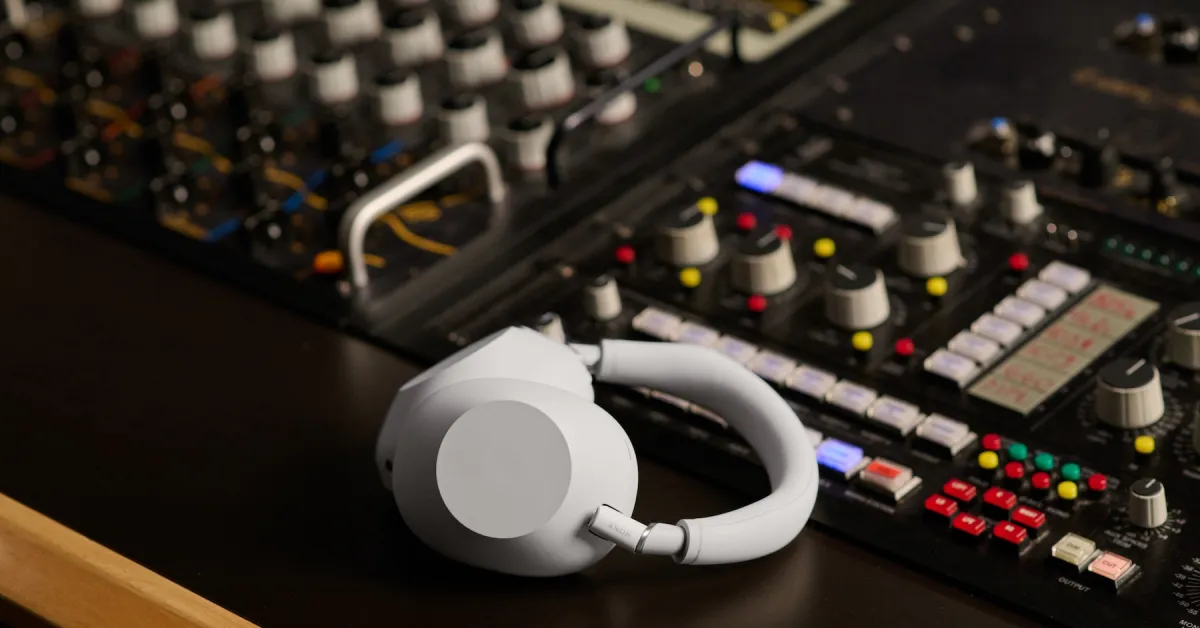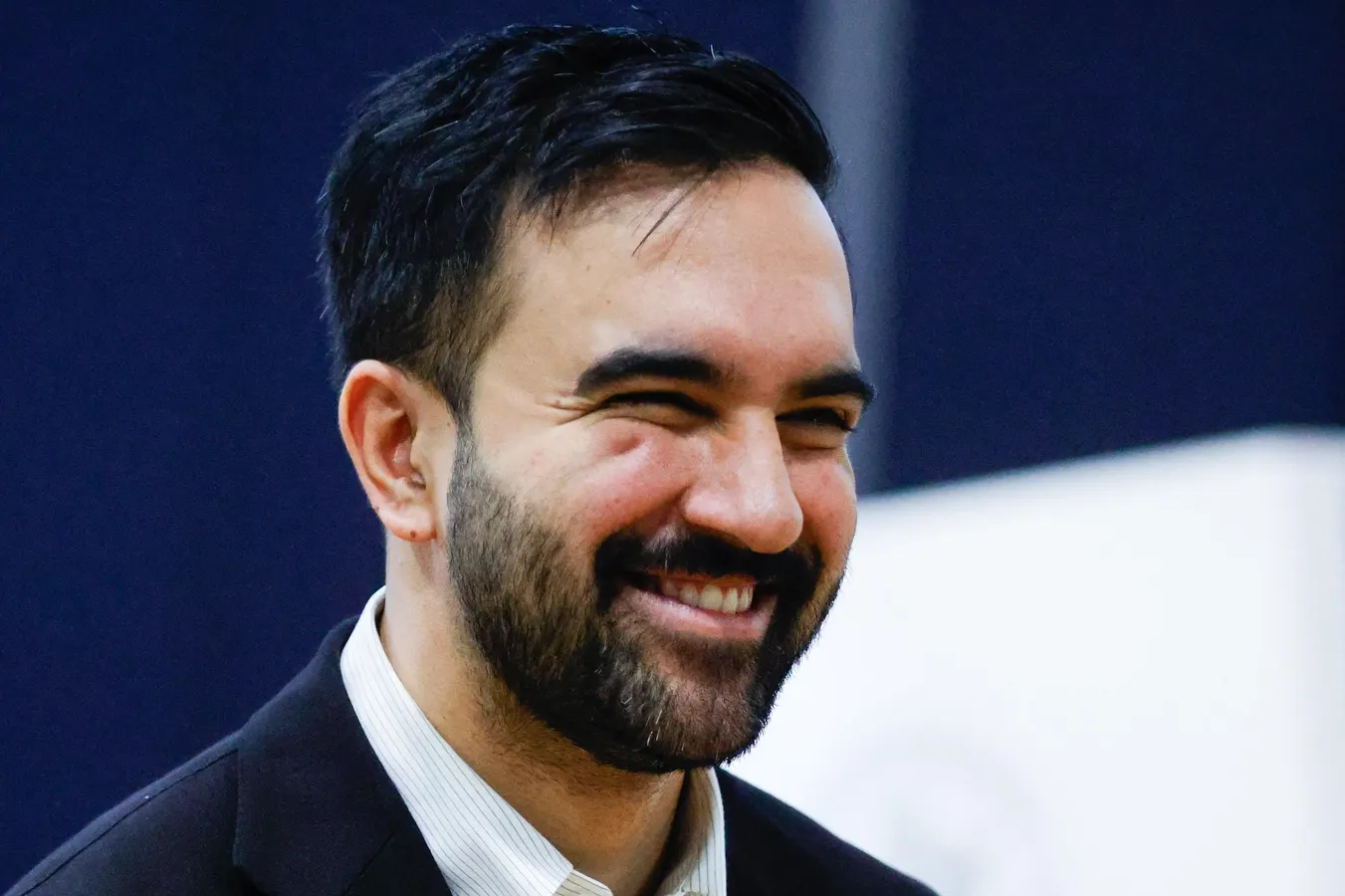Copyright staradvertiser

WASHINGTON >> Daniel K. Inouye International Airport is on the Federal Aviation Administration’s list of 40 airports that will see cuts amid the government shutdown, according to ABC News and Associated Press. The Trump administration announced Wednesday that it would cut 10% of air traffic at 40 of the nation’s busiest airports, in a move that analysts said would force airlines to cancel thousands of flights while the administration tries to push Democrats to end the government shutdown. Transportation Secretary Sean Duffy said the reductions were an attempt to “alleviate the pressure” on air traffic controllers, who have been working without compensation since the start of the shutdown and have not received a paycheck since mid-October. He said the administration would announce the affected markets today, as the year’s busiest travel season approaches. ABC News reported that Daniel K. Inouye International Airport is on the list of 40 airports that will see cuts. The cuts would start taking effect on Friday, potentially forcing hundreds of thousands of travelers to change plans on short notice, as airlines are pressured to slash capacity across their routes. Representatives of several major airlines and Airlines for America, a trade association, said they were working with the Federal Aviation Administration to understand the details of the new requirements, but had yet to make changes. Turmoil in the nation’s air travel system, which moves millions of passengers daily, has long been considered to be among the most tangible and disruptive potential effects of government shutdowns — and consequently, one of the biggest pain points to force a deal. Despite a shutdown that stretched into a record 36th day on Wednesday, the system has largely held up so far, though it has shown some worrisome signs of fraying. Duffy has been sounding an alarm about the pressures on the FAA’s force of certified air traffic controllers, most of whom were already working overtime shifts to compensate for about 3,000 vacancies among its 14,000 positions before the shutdown. Controllers, who are required to work through the shutdown without salary, are facing their second missed paycheck Tuesday. Duffy warned this week of “mass chaos” if the shutdown went on, and said the FAA could close parts of the national airspace to traffic to avoid a broader meltdown. His Wednesday announcement marked a step in that direction, as he and Bryan Bedford, the FAA administrator, forecast more restrictions if staffing worsened. “We’re not going to wait for a safety problem to truly manifest itself when the early indicators tell us we can take action today,” Bedford said at a news conference with Duffy on Wednesday, adding that officials were “going to look for a radical reduction across these 40 markets.” The FAA told airline industry officials Wednesday that the cuts would begin with a 4% reduction in affected markets Friday, and ramp up through the weekend, reaching the 10% decrease by next week, according to a person familiar with the discussion who was not authorized to speak publicly on the matter. It was not immediately clear what had prompted the change in approach. Though controller absences led to a raft of significant delays on Halloween and affected operations at some large airports through the weekend, interruptions have been comparatively benign since the start of the work week. Yet Duffy has steadily ratcheted up the intensity of his warnings that calamity is near, even as he acknowledged that air traffic controllers have been weathering the current shutdown better than past government funding freezes. Much of his language has been aimed at increasing pressure on Democrats, whom he has accused of needlessly fomenting a “senseless shutdown.” On Tuesday, Duffy warned that by next week, “you will see mass chaos, you will see mass flight delays, you will see mass cancellations” absent an end to the impasse. Though Duffy’s warnings to date have been infused with distinctly political messages, on Wednesday, he and Bedford said the decision to reduce flights was driven by data, and a desire to ensure that air travel remained safe. Yet the announcement quickly ratcheted up political accusations in other corners of Washington. “Democrats are flirting with disaster,” Sen. Ted Cruz, R-Texas, the chair of the Senate panel that oversees the FAA, wrote in a social media post. He added that Duffy and Bedford “have no choice but to start curtailing air travel across the country.” Democrats, in turn, expressed skepticism that Duffy’s and Bedford’s announcement was motivated solely by data and safety concerns. “Shutting down parts of our national airspace system is a dramatic and unprecedented step that demands more transparency,” said Rep. Rick Larsen of Washington, the top Democrat on the House Transportation and Infrastructure Committee. “The FAA must immediately share any safety risk assessment and related data that this decision is predicated on with Congress.” But Jennifer Homendy, the chair of the National Transportation Safety Board, endorsed Duffy’s approach. “Pressures are building in the system,” she wrote in a social media post today, adding that Duffy “can’t just ignore it; he took action to mitigate risk and ensure safety.” Aviation analysts said the reductions would most likely hit the country’s busiest hubs, including the Los Angeles and San Francisco regions that serve as major gateways for Hawaii passengers. Honolulu International is on the FAA’s reduction list, meaning Hawaii travelers may face limited trans-Pacific options as capacity tightens during the shutdown. The FAA also said Friday that half of the 30 busiest airports — a list that includes all three serving New York and all three serving Washington, D.C. — were experiencing staffing shortages. It is likely that many, if not all, of those markets could experience restrictions under the FAA’s new limitations, experts said. Airlines are not being given much time to make cuts, and people planning to fly this weekend will have even less time to make contingency plans. That is likely to have an economic impact, said Patrick Anderson, the CEO of the Anderson Economic Group, a consulting firm in Michigan, since so many of the country’s busiest airports play an important role in driving regional and even international commerce. “Delays have what we call ‘network effects’ in business economics,” he said in an emailed statement. “Hold up a bunch of planes in one airport, and you get a cascading effect down the line.” The Association of Flight Attendants voiced a similar concern Wednesday night, responding to Duffy’s announcement with a plea to lawmakers to end the shutdown. “We know what happens when the planes stop,” Sara Nelson, the union president, said in a statement. “People won’t get medicine. Packages won’t be delivered. Restaurants and grocery stores won’t have food. People won’t get to medical treatment or be able to rush to the side of a loved one in pain or dying.” But in general, experts said, it is preferable for airlines — and even consumers — to be able to plan on cancellations rather than grapple with unexpected delays. “You’re almost better off when more flights cancel,” said Greg Raiff, the CEO of the Elevate Aviation Group, explaining that unpredictable disruptions are the most difficult for airlines to recover from. “Once you start increasing the number of flights canceled it’s actually better, because the number of flights that are delayed actually decreases.” The planned reductions will not affect just commercial travel. Cargo flights and aircraft that rely on instruments for navigation will be affected, as will space launches and aircraft that navigate with visual references in certain areas. It was not yet clear if any international flights would be restricted. In an open letter to employees, Scott Kirby, the chief executive of United Airlines, said the cuts would not affect the carrier’s long-haul international flights or routes between hubs. Instead, the reductions would focus on regional flights and other domestic, United-operated flights. Bedford, a 35-year veteran of the aviation industry, said the moves were without precedent in his experience. But so is the situation, he said. “We’re in new territory in terms of government shutdowns,” he said. But he added that after a January midair crash outside Ronald Reagan Washington National Airport, surveillance of the national airspace had changed. “These are unusual times, and we look forward to a time when we can get back to business as usual,” Bedford said. This article originally appeared in The New York Times. © 2025 The New York Times Company



